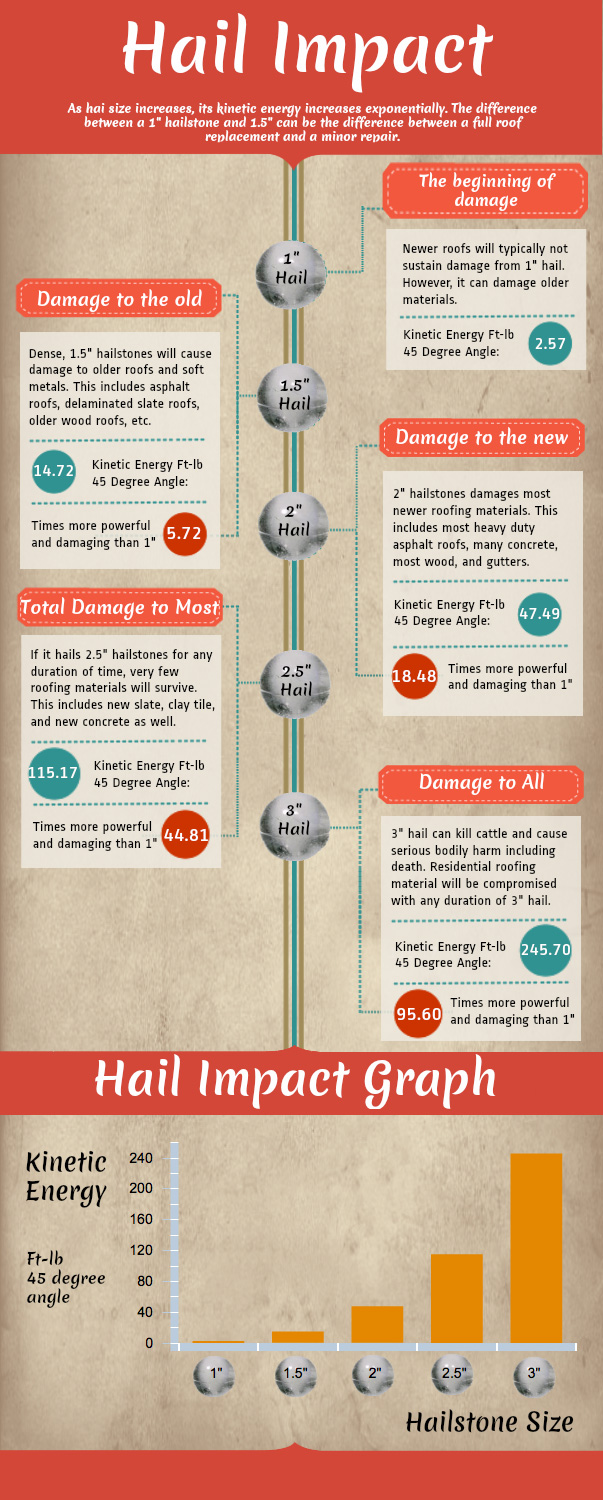The Exploration To Identify The Optimum Photovoltaic Panel Kind For Your Household Begins Now, With Important Factors To Consider Awaiting Your Attention-- Are You Ready To Proceed?
The Exploration To Identify The Optimum Photovoltaic Panel Kind For Your Household Begins Now, With Important Factors To Consider Awaiting Your Attention-- Are You Ready To Proceed?
Blog Article
Author-Aagaard Walker
When it comes to picking the right solar panels for your home, the options can be frustrating. Each kind uses distinct advantages and compromises, making it important to determine which elements straighten best with your goals. Whether your emphasis is on effectiveness, cost-effectiveness, or appearances, there's a photovoltaic panel type that can deal with your demands. So, before you choose, take into consideration the vital facets that will impact your solar energy system's efficiency and suitability for your home.
Monocrystalline Solar Panels
When taking into consideration photovoltaic panels, you may stumble upon monocrystalline solar panels. These panels are understood for their high performance rates because of their building and construction from a solitary continuous crystal structure. This design enables monocrystalline panels to execute far better in low light problems contrasted to other sorts of photovoltaic panels. Additionally, their sleek black appearance makes them a popular selection for property installations, assimilating seamlessly with most roofs.
One crucial advantage of monocrystalline photovoltaic panels is their room performance. They need less space to create the same amount of electrical power as various other solar panel types, making them ideal for homes with limited roofing system space.
While monocrystalline panels have a tendency to be much more pricey ahead of time, their long-lasting toughness and effectiveness often make them an affordable investment in the world of solar power. If residential solar power systems focus on efficiency and looks in your photovoltaic panel choice, monocrystalline panels could be the right selection for your home.
Polycrystalline Solar Panels
Polycrystalline photovoltaic panels, likewise called multicrystalline photovoltaic panels, offer a different option to monocrystalline panels. These panels are made from silicon crystals that are thawed together, creating a much less uniform look contrasted to monocrystalline panels.
One of the crucial advantages of polycrystalline panels is their reduced production expense, making them a more affordable option for property owners wanting to buy solar power.
While polycrystalline panels may have a somewhat reduced performance price contrasted to monocrystalline panels, they still provide a reputable and affordable means to produce solar power for your home. These panels perform well in high temperatures and are a durable selection for a selection of environments.
If you have a bigger roofing area and are wanting to optimize your energy production without breaking the financial institution, polycrystalline panels could be the best option for you.
When considering web page for your home, it's important to weigh the cost-effectiveness and efficiency of polycrystalline panels against your energy needs and spending plan restraints.
Thin-Film Solar Panels
Moving on to Thin-Film Solar Panels, these panels supply a distinct option to conventional silicon-based options like polycrystalline panels. Thin- https://solarpanelpoweroutput43197.blogdeazar.com/29435359/referrals-for-homeowners-aiming-to-make-the-most-of-cost-savings-via-solar-energy are lightweight and adaptable, making them less complicated to mount on numerous surface areas like bent roofs or wall surfaces. They're also much more cosmetically pleasing, assimilating flawlessly with the style of your home.
Nevertheless, it's important to note that thin-film panels typically have lower efficiency rates compared to crystalline silicon panels. This indicates you may require even more room to create the same quantity of electrical energy.
On the silver lining, thin-film panels do far better in low-light conditions and have a reduced temperature coefficient, suggesting they can create more energy on hot days. If you have enough room and are searching for a functional and visually appealing solar panel option, thin-film panels could be a great choice for your home.
Final thought
In conclusion, when picking the most effective photovoltaic panel type for your home, consider your power needs, budget, and area restrictions. Monocrystalline panels give high performance in restricted area, while polycrystalline panels supply an affordable choice with reputable performance. Thin-film panels supply versatility and visual allure yet might have lower effectiveness rates. By weighing these variables, you can pick the photovoltaic panel type that ideal fits your particular demands.
